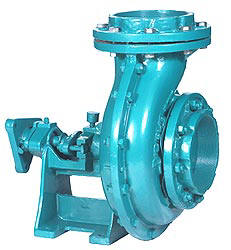I need some engineering input.
I'm doing a test of some diesel fuel products. We have a need to test multiple products over an extended period head-to-head.
The target audience for the product is over the road trucks. By far the most common engine is the Cummins 12L.
I am trying to set up a test that will see how different products perform in a similar engine.
Architecturally, the 12L is similar to the B-series 5.9L diesels in Pickups, and the 3.9 in generators and gensets. As long as it is a direct injection motor that runs at about 1800 rpm.
The problem with using a truck for the tests is designing a test protocol that will exclude the influence of the engine management system. We could put an engine on a stand, but the computer could make all sorts of adjustments without us knowing it (Oh look- an improvement! No, wait...is it running in limp-home mode??)
So we are thinking we can get a generator with a 3.9L and have a better test procedure, because of the simpler control systems. Maybe even find one with completely analog controls.
So, once we have the unit, we need to run it off and on for several weeks or months. But idle doesn't mean anything. It MUST be under load.
What is the best way I can put a constant and consistent load on a generator so it will remain that way for an extended period? I'm thinking a 50kw unit, so don't say toaster oven.
We thought of running the plant off it, but that would be an inconsistent load. I'd love to backfeed the power grid, but the red tape involved is prohibitive. I need this thing running pronto.
Thoughts? Big heaters? Other?
Other ideas for setting up a test?







































